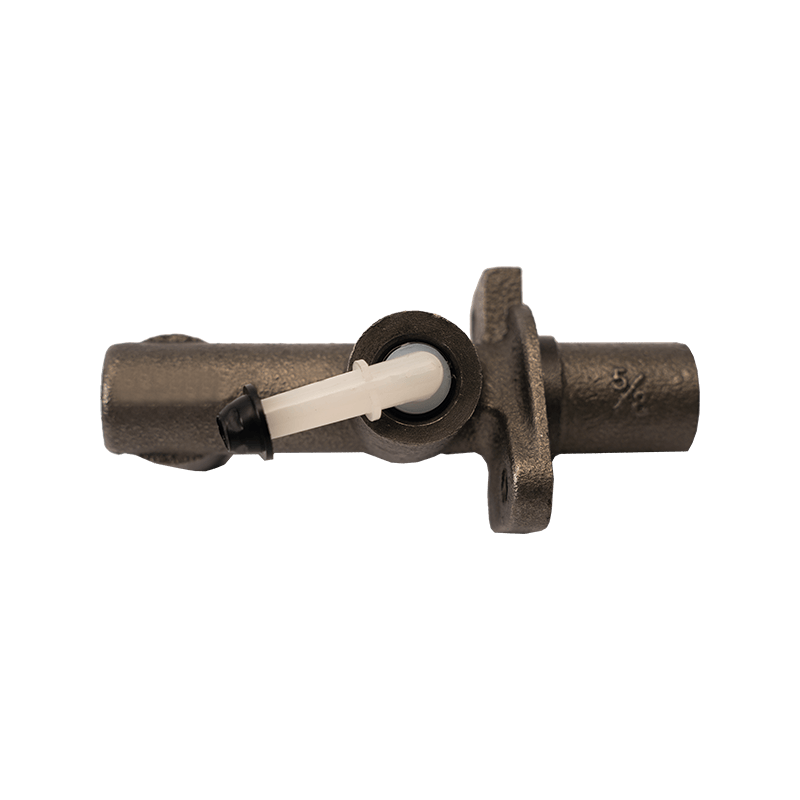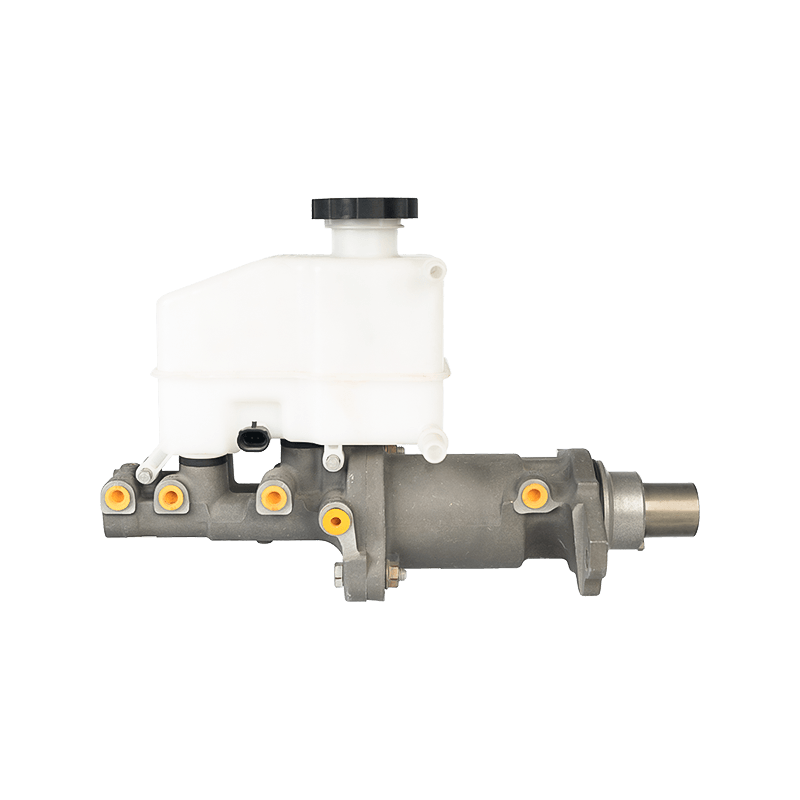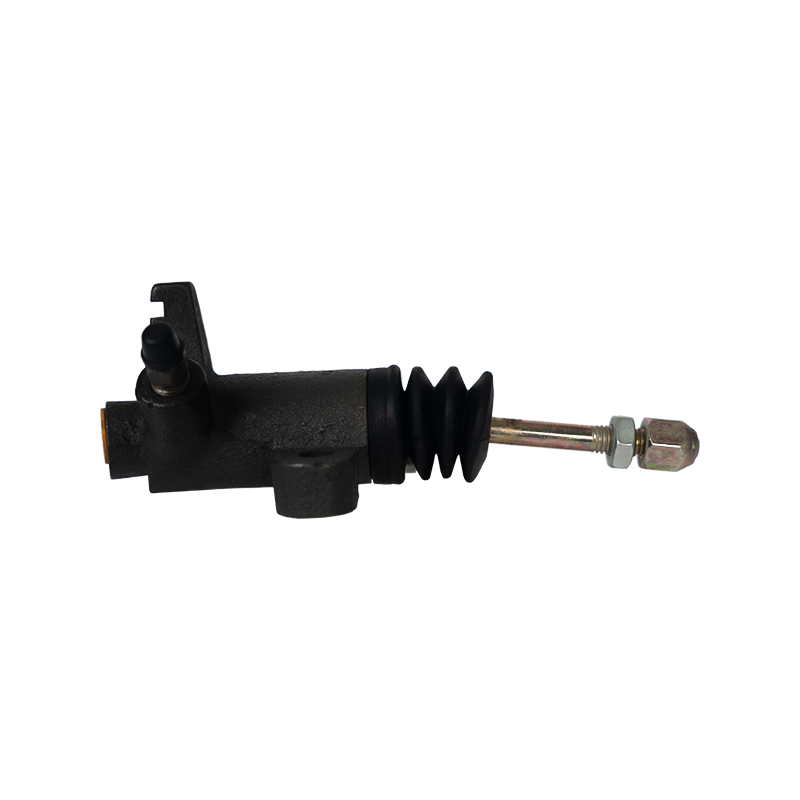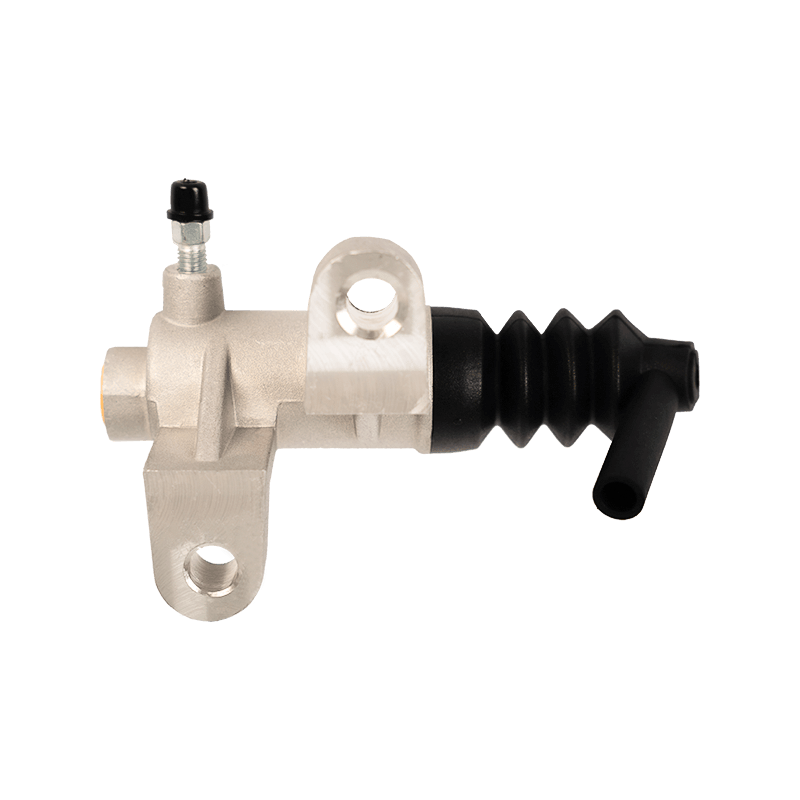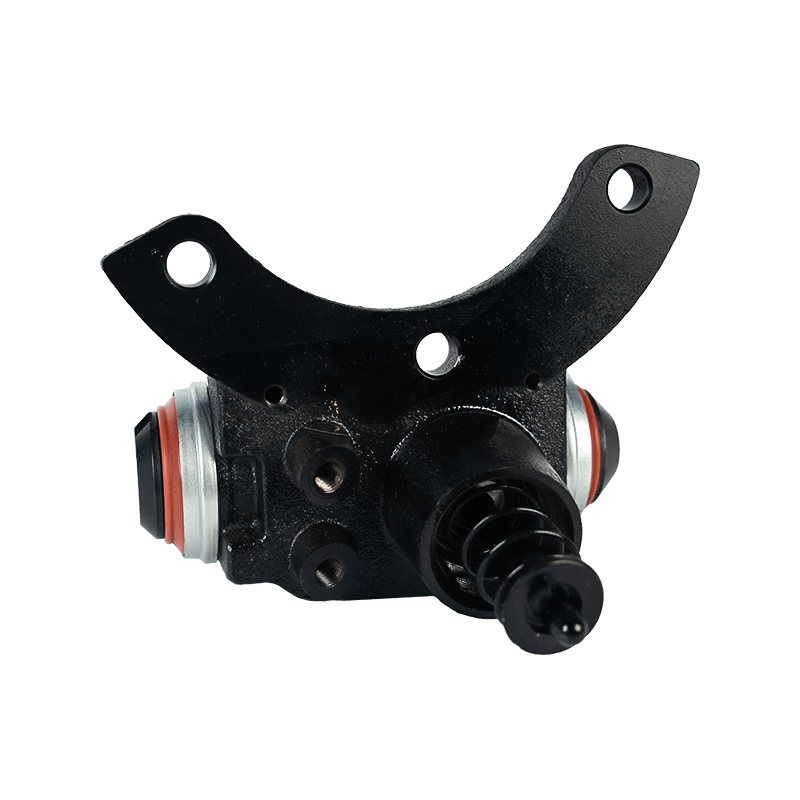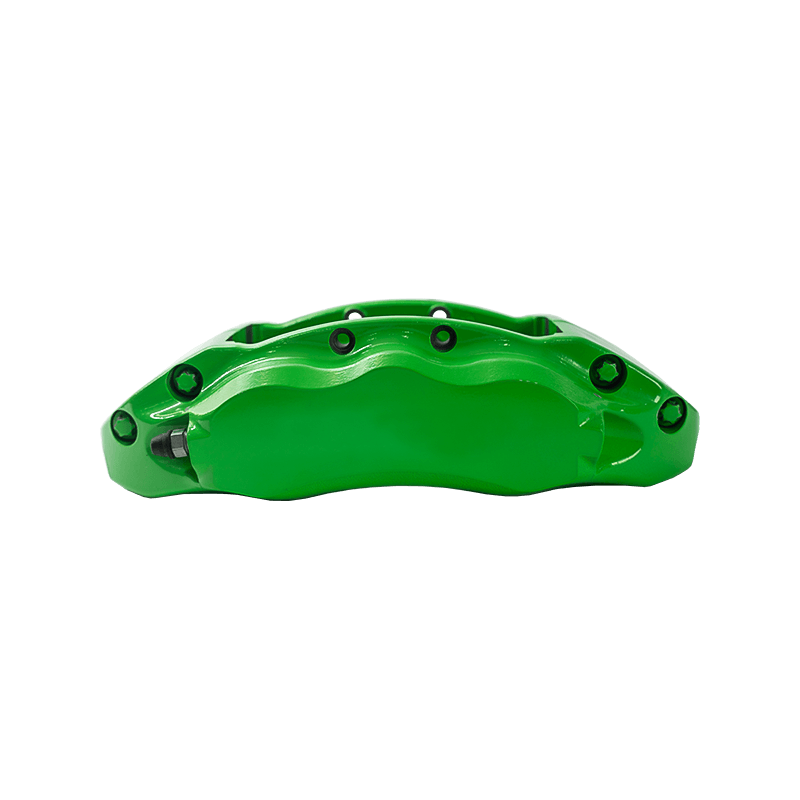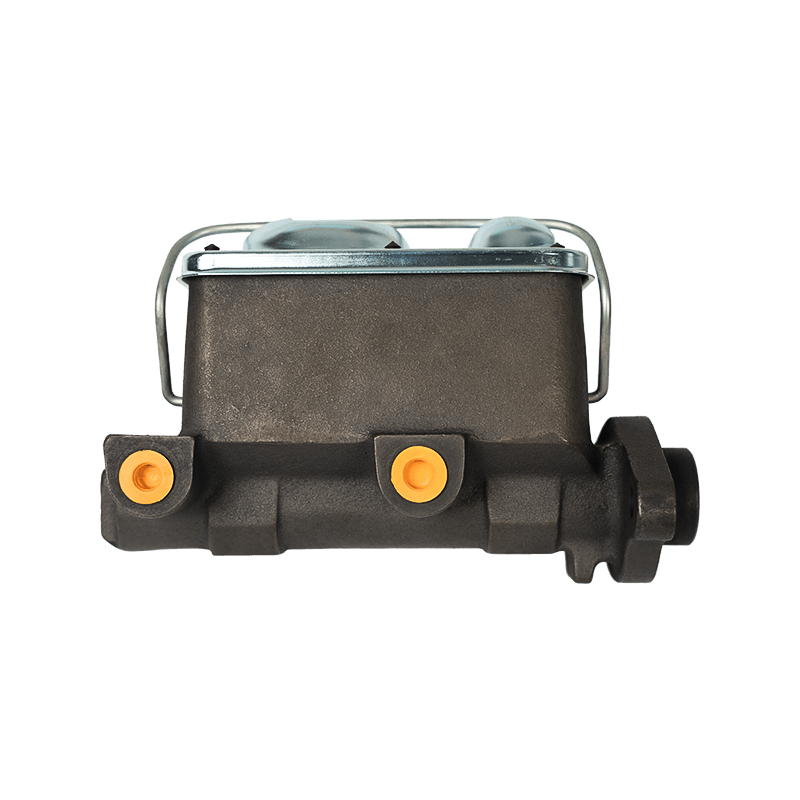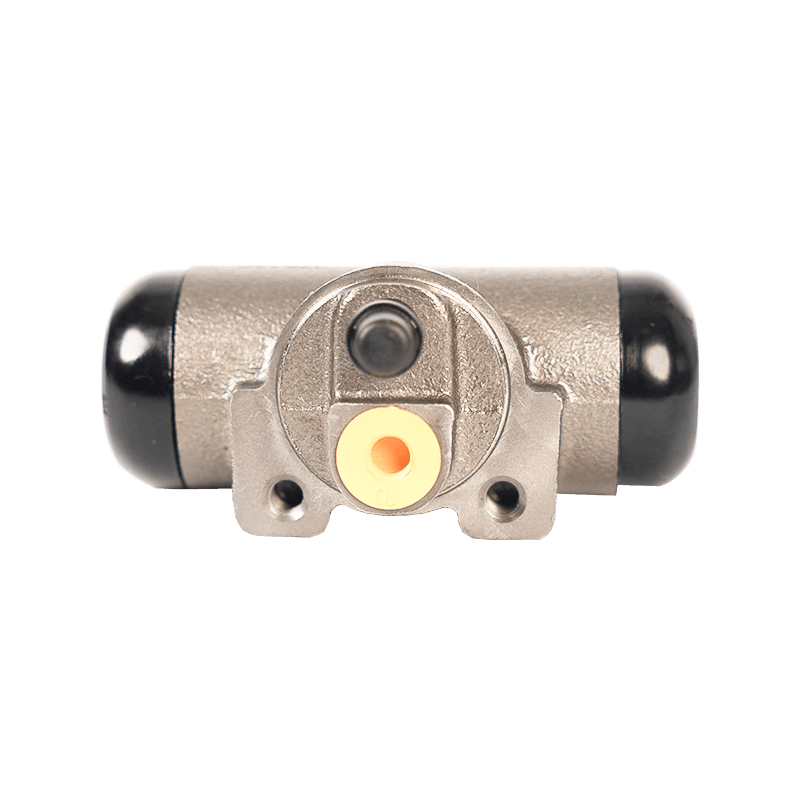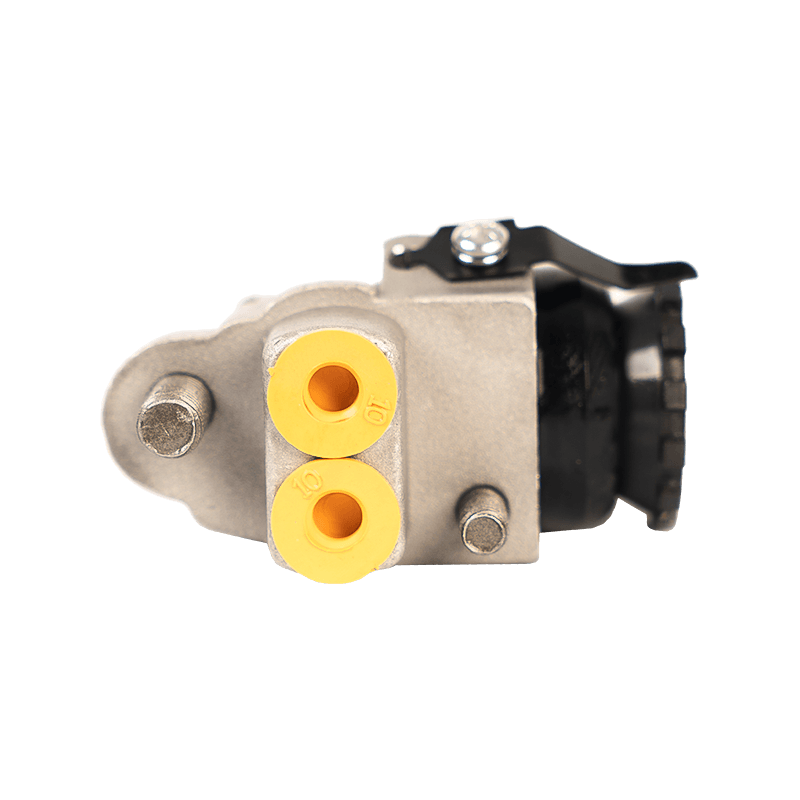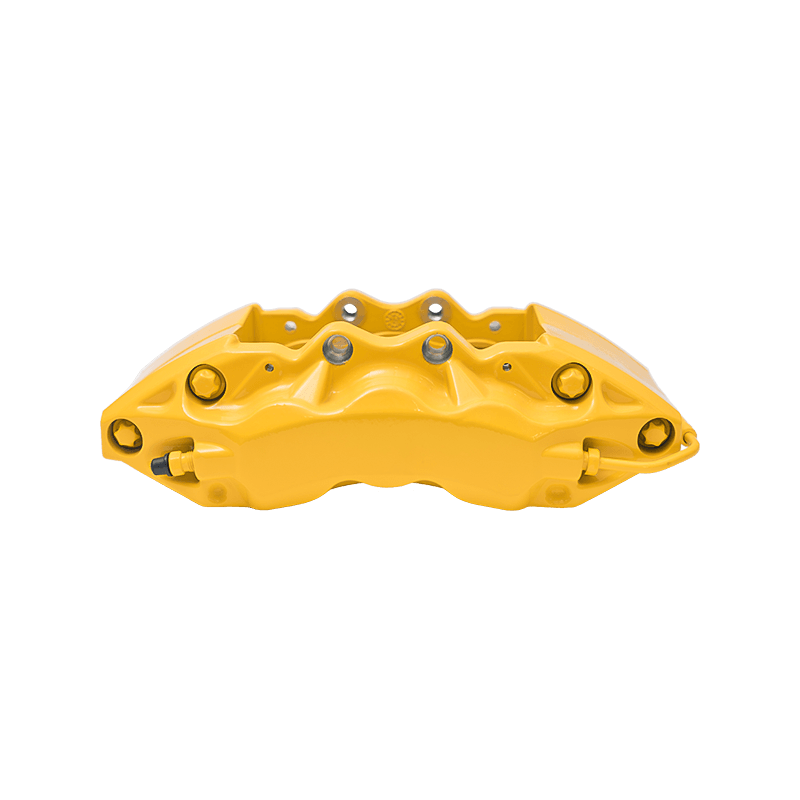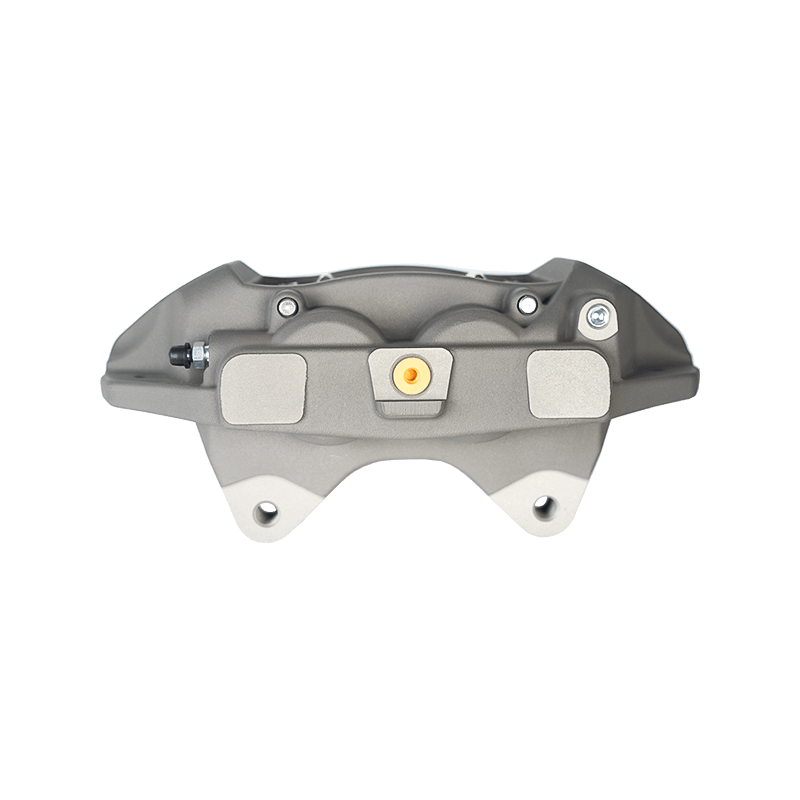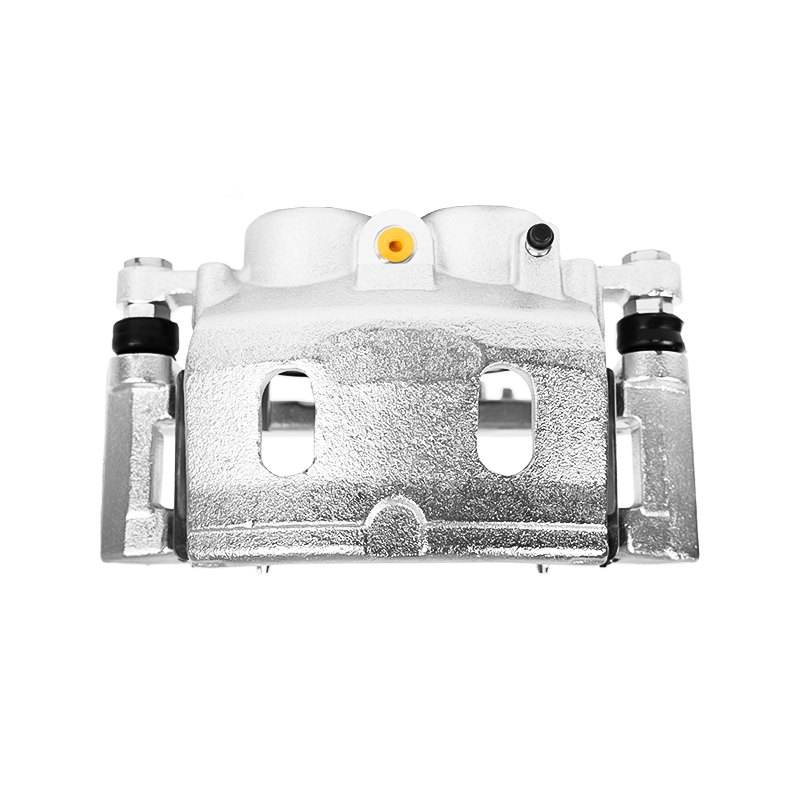What are the maintenance tips for brake pads?
 2025.10.03
2025.10.03
 Industry News
Industry News
Content
1. Daily inspection and observation
(1) Listen to the sound
High-frequency metal friction sound: Most modern brake pads are equipped with wear warning plates. When the brake pad is worn to the limit, the warning plate will directly rub against the brake disc, making a sharp "hissing" sound or a harsh metal friction sound. This is the most direct replacement signal. Once you hear this sound, you should check and replace it as soon as possible.
Dull friction sound: If you hear a dull "crunch" sound when braking, it may mean that there are impurities, rust or installation problems on the brake pad or brake disc. It is recommended to check.
(2) Check the thickness
The thickness of the brake pad can be visually seen through the gap of the wheel hub. The thickness of a new brake pad is usually about 1.5 cm.
When the friction material part of the brake pad is found to be only 1/3 of the original thickness (about 5 mm) by naked eye observation, you need to be vigilant and increase the inspection frequency.
If the thickness is less than 3 mm, it is recommended to prepare for replacement immediately. This is the general safety critical point.
(3) Changes in feeling
Brake feel becomes softer: When you step on the brake pedal, you feel that the travel becomes longer and softer, and the braking force is insufficient. This may be due to severe wear of the brake pads or air entering the brake system.
Brake deviation: When braking, the vehicle deviates to the left or right. This is usually due to a problem with the brake pads (or brake cylinder) on one side, resulting in uneven braking force.
Brake shudder: When you step on the brakes, the steering wheel or body shakes violently. This is usually due to an uneven surface of the brake disc (commonly known as a "light disc"), but it may also be related to abnormal wear of the brake pads.
(4) Check the warning light
Some high-end models are equipped with brake pad wear sensors. When the brake pads are worn to the limit, the brake system warning light on the instrument panel will light up.
2. Develop good driving habits
Avoid sudden braking and heavy braking: Observe the road conditions in advance, drive slowly, and use the accelerator to control the speed instead of frequently using the brakes. This is the most effective way to extend the life of the brake pads.
Reducing weight: Unnecessary heavy objects will increase the inertia of the vehicle, requiring greater braking force and exacerbating brake pad wear. Make good use of engine braking: On long downhill sections, manual transmission vehicles can downshift to use the engine's traction to control speed and avoid prolonged braking, which can lead to overheating and wear of the brake pads.
Drive smoothly: Maintain a safe distance and avoid following closely behind other vehicles, thereby reducing the need for sudden braking.

3. Replacement Timing and Precautions
Don't be cheap: Brake pads are a matter of life and death, so always purchase genuine and reputable brake pads through reputable channels. Low-quality brake pads not only wear quickly but may also lose braking power in an emergency.
Coaxial replacement is recommended: This means that both front or rear brake pads must be replaced simultaneously to ensure uniform braking force on both wheels and prevent slippage.
Break-in after replacement: New brake pads require a break-in period with the brake discs to achieve optimal braking performance. Avoid sudden and heavy braking and drive gently during the first 300 kilometers after replacement.
Inspect related components: When replacing brake pads, it is recommended to also inspect the brake discs for wear and flatness. If the brake disc has deep grooves or severe wear, it should be cleaned or replaced immediately. Failure to do so will accelerate the wear of the newly replaced brake pads.
4. Professional Maintenance Recommendations
Regular Inspection: During each vehicle maintenance visit (usually every 5,000-10,000 kilometers), have a professional technician check the thickness and condition of the brake pads. This is the most reliable method.
Comprehensive Inspection: The technician will not only check the thickness, but also inspect the brake cylinder, brake hoses, and other components for leaks, abnormal return, and other issues.
Regularly Change Brake Fluid: Brake fluid absorbs water. Over time, its water content increases, lowering its boiling point. This can cause air lock during aggressive driving, leading to brake failure. It is generally recommended to inspect and replace the brake fluid every two years or 40,000 kilometers. This is closely related to the brake pads and is part of brake system maintenance.
 Search
Search
 Eng
Eng 
 English
English Español
Español Português
Português


